Ho Chi Minh City Ms. Thoa, 33 years old, had pain in the middle finger of her right hand for nearly 5 years. Taking medicine and intervention did not help, the doctor diagnosed her with subungual glomus tumor.
At first, Ms. Thoa (living in Kon Tum ) had occasional slight pain in the fingertips, then more frequently, sharp pain when a light force was applied, changes in temperature and weather, loss of appetite and sleep. She went to the doctor, took medicine and had the tumor removed but it did not get better, and the pain returned after the medicine was finished.
On November 5, Master, Doctor, Specialist I Le Van Minh Tue, Department of Plastic Surgery, Tam Anh General Hospital, Ho Chi Minh City, said that the subungual glomus tumor on the middle finger of Ms. Thoa's right hand was about 1-2 mm in size. The previous incorrect diagnosis led to ineffective treatment.
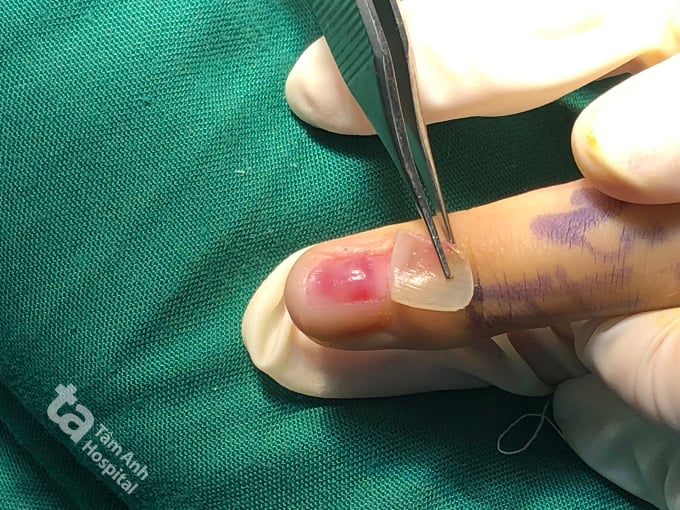
The tumor grew, occupying nearly 2/3 of the patient's fingernails. Photo: Tam Anh General Hospital
The connecting structure between the artery and vein is called the glomus. It is surrounded by many nerve endings, making the glomus very sensitive to temperature and touch. It acts as a thermosensor, helping the body regulate its temperature.
When tumors form and develop in this structure, it leads to glomus tumors. Tumors can appear in many places on the body, but most commonly in the fingertips and toes. The disease accounts for 1-4.5% of tumors in the hand, benign, but the tumor causes significant damage to surrounding tissues and nerves, pain, greatly affecting the patient's daily activities.
According to Dr. Tue, surgery is the only method to completely treat the disease. The patient is given local anesthesia, then the tumor is removed. For this type of surgery, there are two very likely risks: not completely removing the tumor, leading to recurrence after treatment. The nail bed (the soft tissue under the nail, containing many small blood vessels) is easily damaged during the separation process, causing deformation when the nail grows back.
Removing the tumor was easy enough, but the surgery required a hand surgeon. The team used a cold knife dissection technique, which minimized the above two risks.

Doctor Tue (left) during a tumor removal surgery. Photo: Tam Anh General Hospital
After surgery, Ms. Thoa was discharged the same day and returned for a follow-up visit two weeks later to re-evaluate the wound and nail bed. Usually, patients can fully recover after two months.
Dr. Tue recommends that even though it is a benign soft tissue tumor, the disease still has a very small chance of turning malignant. If you feel pain or sensitivity to temperature in the fingertips, you should see a doctor soon for timely treatment to avoid complications such as destruction of the nail bed, nail deformity; tumor compression, leading to bone destruction.
Phi Hong
* The patient's name has been changed
Source link


![[Photo] Solemn opening of the 12th Military Party Congress for the 2025-2030 term](https://vphoto.vietnam.vn/thumb/1200x675/vietnam/resource/IMAGE/2025/9/30/2cd383b3130d41a1a4b5ace0d5eb989d)

![[Photo] General Secretary To Lam receives US Ambassador to Vietnam Marc Knapper](https://vphoto.vietnam.vn/thumb/1200x675/vietnam/resource/IMAGE/2025/9/29/c8fd0761aa184da7814aee57d87c49b3)
![[Photo] The 1st Congress of Phu Tho Provincial Party Committee, term 2025-2030](https://vphoto.vietnam.vn/thumb/1200x675/vietnam/resource/IMAGE/2025/9/30/1507da06216649bba8a1ce6251816820)

![[Photo] General Secretary To Lam, Secretary of the Central Military Commission attends the 12th Party Congress of the Army](https://vphoto.vietnam.vn/thumb/1200x675/vietnam/resource/IMAGE/2025/9/30/9b63aaa37ddb472ead84e3870a8ae825)





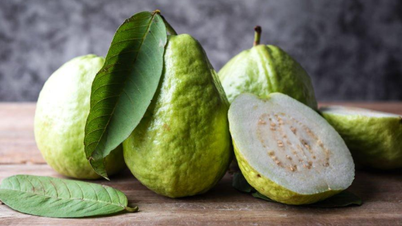


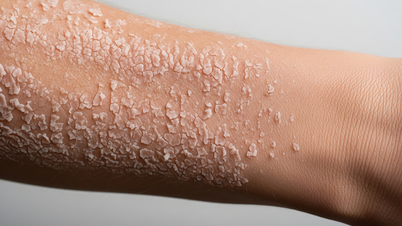



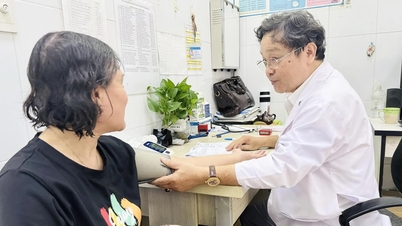
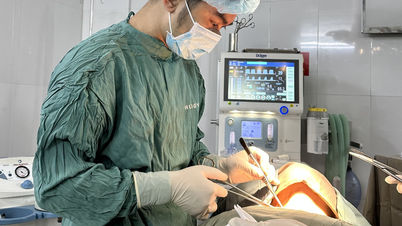
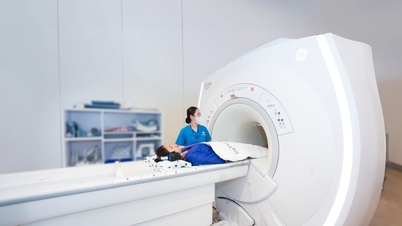












![[Photo] General Secretary To Lam attends the ceremony to celebrate the 80th anniversary of the post and telecommunications sector and the 66th anniversary of the science and technology sector.](https://vphoto.vietnam.vn/thumb/1200x675/vietnam/resource/IMAGE/2025/9/29/8e86b39b8fe44121a2b14a031f4cef46)







































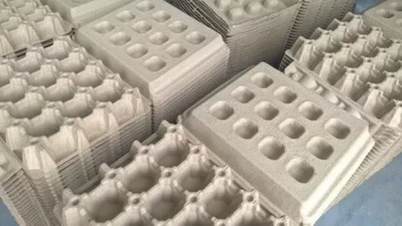



























Comment (0)